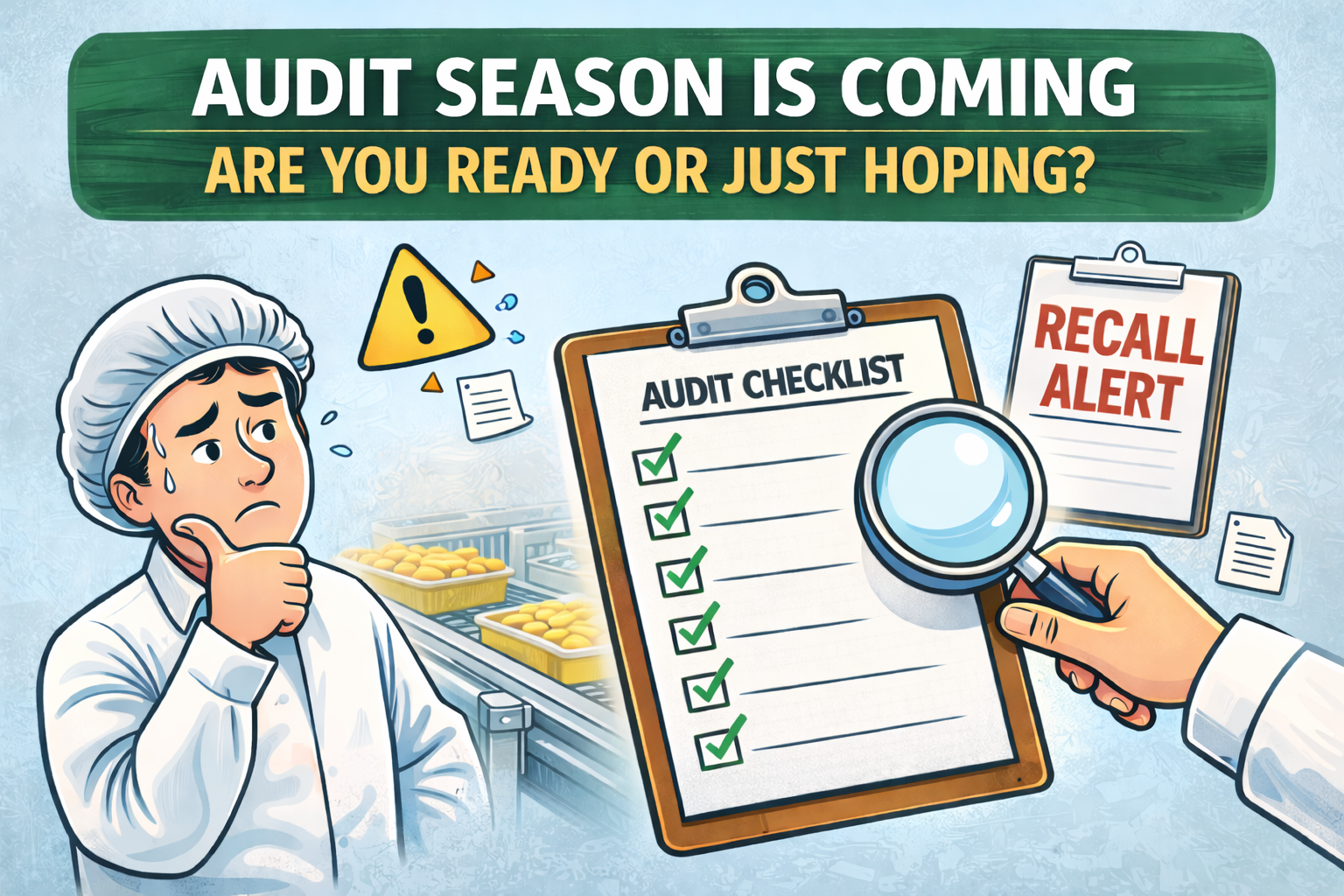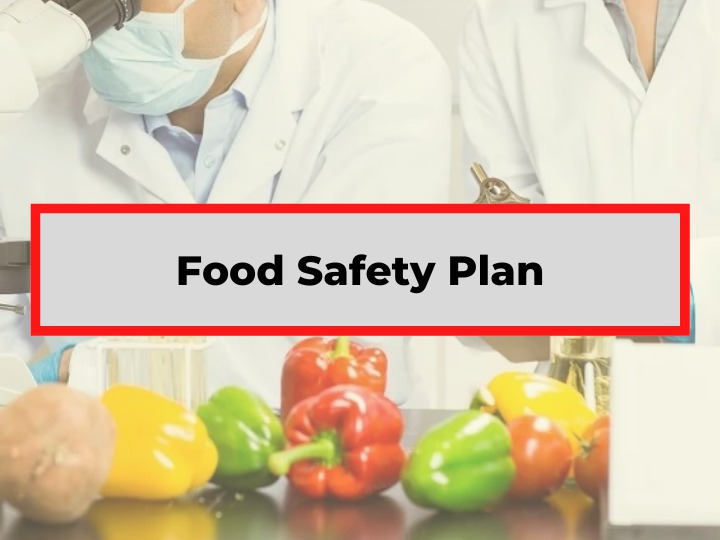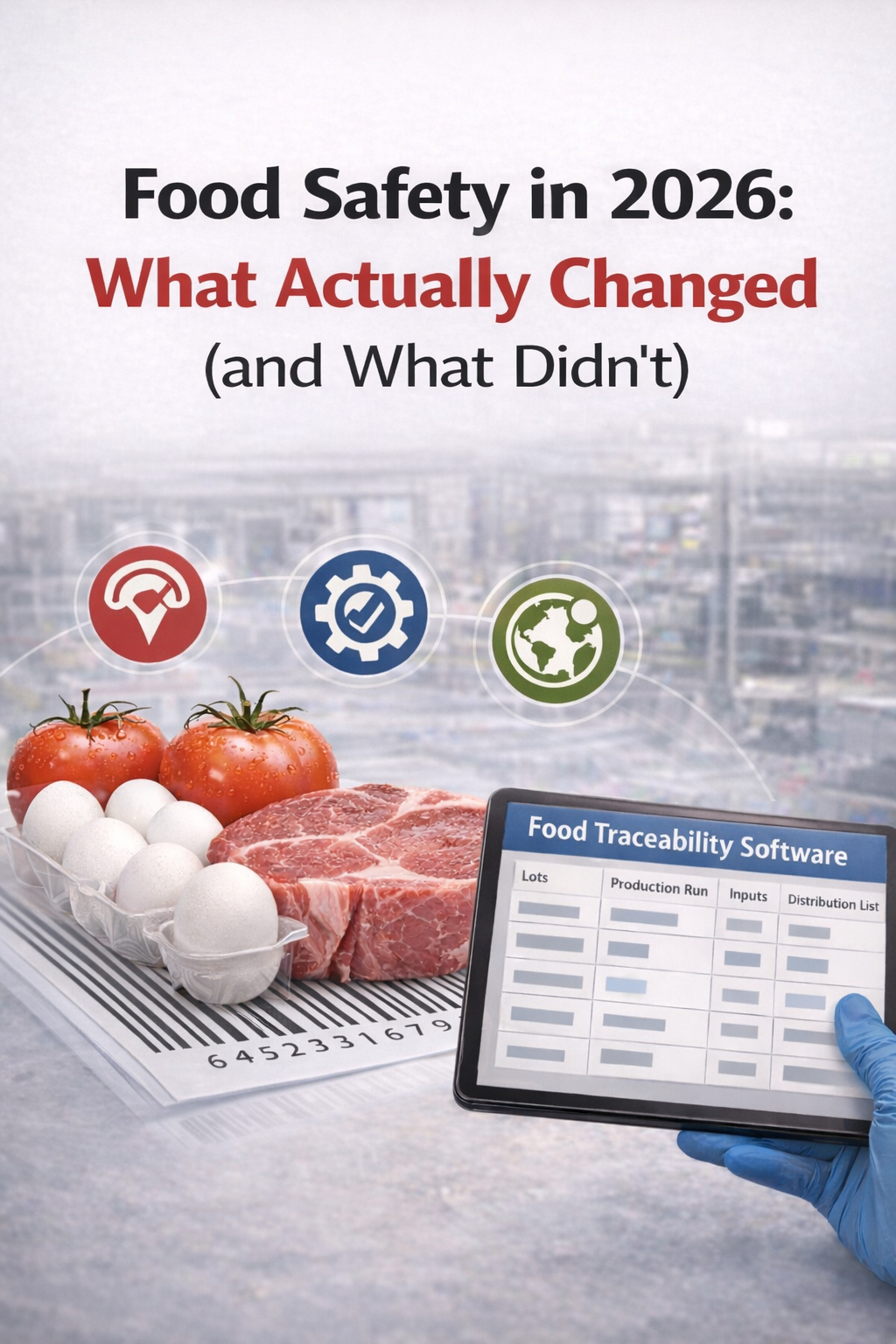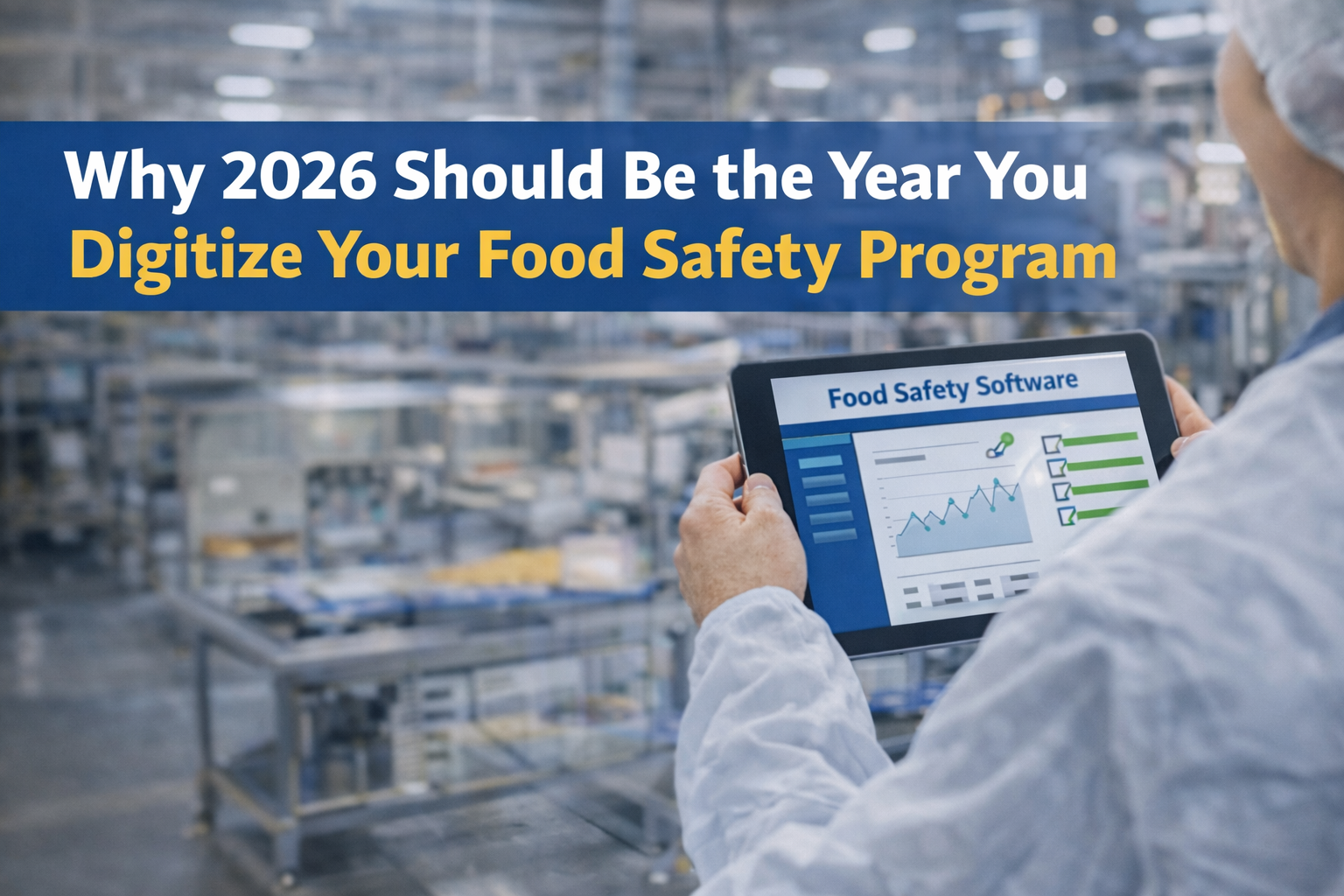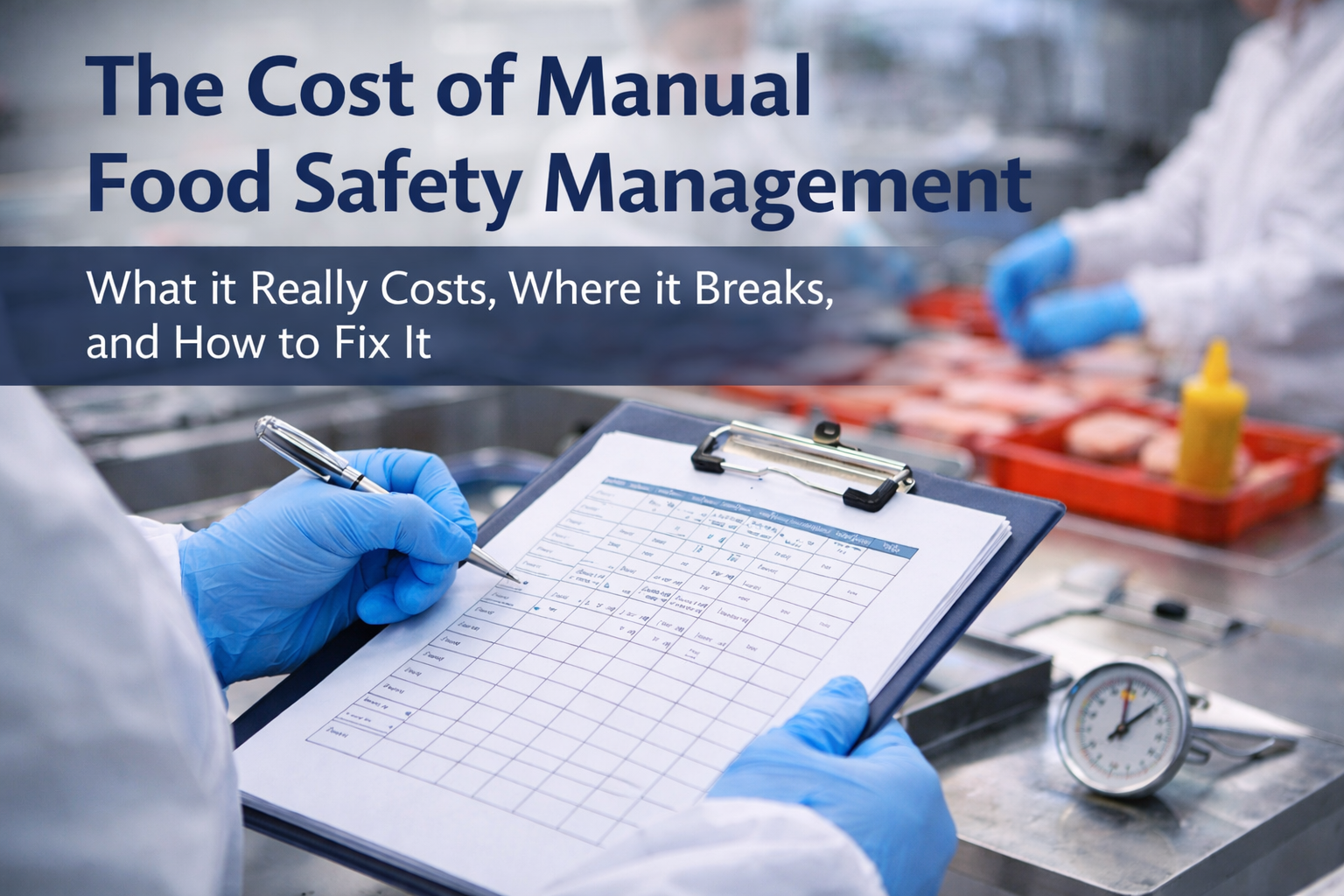
Food safety is a top priority for all businesses in the food industry. ensuring a quality product that meets consumer demands is of paramount importance, as is labour. With the current labour challenges and the need for increased food safety automation, this blog will explore how to maintain food safety while reducing your reliance on manual labour.
One of the biggest challenges businesses face today is how to automate their food safety processes without compromising quality or compromising their bottom line.

There are many ways to automate your food safety process, from online food safety courses to automated quality control systems that can track and monitor every instance of your product from farm to table. But with so many options available, how do you know which one is right for your business?
The answer lies in understanding your specific needs and requirements. Once you have a clear understanding of what you need, you can begin to research the various automation options available and find the one that best suits your business.

Some common automation options include:
- Online Food Safety Courses: There are many online courses available that can help you learn about food safety and how to implement it in your business. These courses are a great way to get started with automating your food safety process as they can provide you with a solid foundation on which to build.
- Automated Quality Control Systems: Quality control systems can be used to monitor and track every instance of your product from farm to table. This data can then be used to identify trends and pinpoint areas where improvement is needed. Automated quality control systems are an excellent way to improve your food safety procedures without compromising quality or increasing labor costs.
- Hazard Analysis and Critical Control Points (HACCP): HACCP is a risk management system that is designed to identify and prevent potential hazards in the food production process. HACCP can be used to monitor all aspects of your production process, from raw materials through to packaging and distribution. Implementing HACCP into your business will help you meet your food safety obligations without increasing labor costs or sacrificing quality.
Once you have selected the automation option that best suits your business, you can begin implementing it into your operations. Automating your food safety process will help you meet consumer demands while reducing your reliance on manual labor.
Food safety is essential for all businesses in the food industry. With the current labour challenges and the need for increased automation, this blog has explored how to maintain food safety while reducing reliance on manual labor. By understanding specific needs and requirements, businesses can select from a variety of automation options that best suits their needs such as online courses, automated quality control systems, or hazard analysis critical control points (HACCP). Automating the food safety process will help businesses meet consumer demands while reducing reliance on manual labor costs without compromising quality standards making it a crucial component for any business in today's marketplaces .



